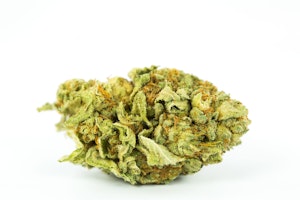
Photo by Jaymantri
Neusbot Floating Robot Can Help Oil Spill Clean Ups
Oil spill clean-up may have gotten a whole lot easier with Neusbot.
There are countless different kinds of robots out there, and the latest is known as a “soft” robot, powered by light and fueled by water. The goal for scientists is to hopefully get these bots to make changes to the environment by sucking up oil spills.
The robotic film was created at UC Riverside and has the potential to be trained for specific environmentally-friendly reasons. Whether that’s vacuuming oil spills in the ocean or removing contaminants from drinking water.
Because the film is powered by light and fueled by water, scientists hope the robotic film could last on its own in a far-off remote place where recharging and refueling would be challenging. UCR chemist Zhiwei Li told UC Riverside news that the scientists’ motivation was to create sustainable soft robots that could adapt to different environmental changes.

Photo by AP
Li said the film is reusable and doesn’t require additional energy sources other than light and water. Researchers named the robot Neusbot after neustons, the classification of critters like water striders, which is essentially what Neusbot does.
A new Science Robotics paper gives us all the technical details. Li says that achieving controllable movement is rather difficult when powered by light, but his team solved that problem with a “tri-layer film that behaves like a steam engine.”
This is similar to how early trains were powered by steam from boiling water. The principle is similar to Neusbot, except its power source is light. The paper reads that the film’s middle layer is porous and contains water, iron oxide, and copper nanorods.
The nanorods are responsible for converting light energy to heat, which then vaporizes the water and makes the Neusbot pulse and glide across the water’s surface. The bottom layer is hydrophobic, meaning when Neusbot gets fully submerged, it will float back to the top.
Li added that the nanomaterials are perfect for surviving in high salt concentrations; he’s more than confident about Neusbot’s “stability in high salt situations.”
Li and UCR chemistry professor Yadong Yin are passionate about creating robots from nanomaterials, like Neusbot. They discovered how they could control Neusbot’s direction by using different angles of light sources.
If the robot were powered by the sun only, it would not change direction and simply move forward. Li and Yin thought to add a different light source to control where Neusbot travels and what it can clean. As of now, Neusbot only has three layers, but researchers want to examine if they could fit a fourth layer designed to absorb oil and other harmful chemicals.
Herb Recommended Products:
READ MORE










